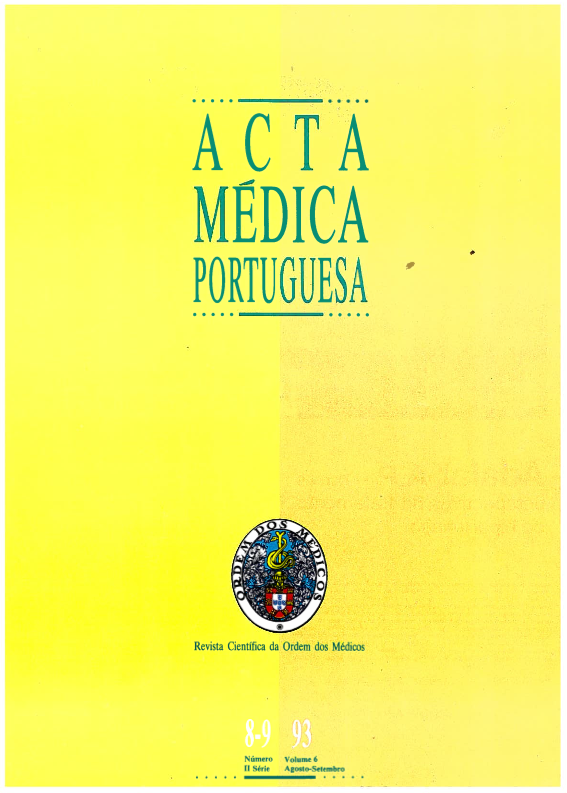Cancro e geriatria.
DOI:
https://doi.org/10.20344/amp.3130Resumo
Undoubtedly we are living in a world where life expectancy is growing larger and birth rates are decreasing; in the western world we are slowly progressing towards a world of elderly people. Such forecast rises a challenge with two multidisciplinary fronts: stabilizing or controlling the biological processes of aging. Since we cannot interfere with the genetic predetermination of life, the choice could be to block the events that might alter such genetic programme, preserving our genetic inheritance, as well as promoting a healthy life style and preventing diseases acquired through life. We must create social and economic conditions that permit more and more elderly people to be active members of the community, with preserved or restored mental and working capacities. There are several factors that can interfere with the life programme that is biochemically impressed in our genetic inheritance, by changing or disrupting homeostasis and thus provoking aggression or instability factors, within what I use to call the biological sociology of the human being. Among such factors, cancer prevails as a complex biological process that settles in the human body like a biological terrorist, and evolves to a nosologic process--cancer disease--that threatens life, first leading to disease and afterwards causing a genetically non expected death. Epidemiological studies show that age-related risk is a reality that neither individual involvement nor the New Biology resources can surpass. Therefore, I thought that Cancer and the Elderly would be an interesting subject, according to the following: 1. Topics on demography and geriatrics.(ABSTRACT TRUNCATED AT 250 WORDS)Downloads
Downloads
Como Citar
Edição
Secção
Licença
Todos os artigos publicados na AMP são de acesso aberto e cumprem os requisitos das agências de financiamento ou instituições académicas. Relativamente à utilização por terceiros a AMP rege-se pelos termos da licença Creative Commons ‘Atribuição – Uso Não-Comercial – (CC-BY-NC)’.
É da responsabilidade do autor obter permissão para reproduzir figuras, tabelas, etc., de outras publicações. Após a aceitação de um artigo, os autores serão convidados a preencher uma “Declaração de Responsabilidade Autoral e Partilha de Direitos de Autor “(http://www.actamedicaportuguesa.com/info/AMP-NormasPublicacao.pdf) e a “Declaração de Potenciais Conflitos de Interesse” (http://www.icmje.org/conflicts-of-interest) do ICMJE. Será enviado um e-mail ao autor correspondente, confirmando a receção do manuscrito.
Após a publicação, os autores ficam autorizados a disponibilizar os seus artigos em repositórios das suas instituições de origem, desde que mencionem sempre onde foram publicados e de acordo com a licença Creative Commons









